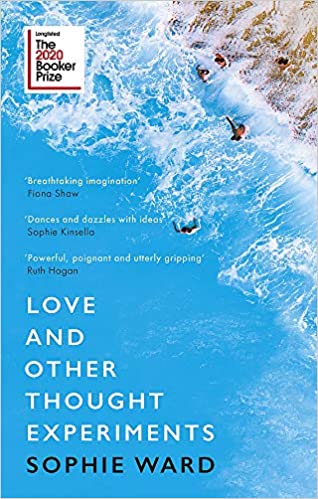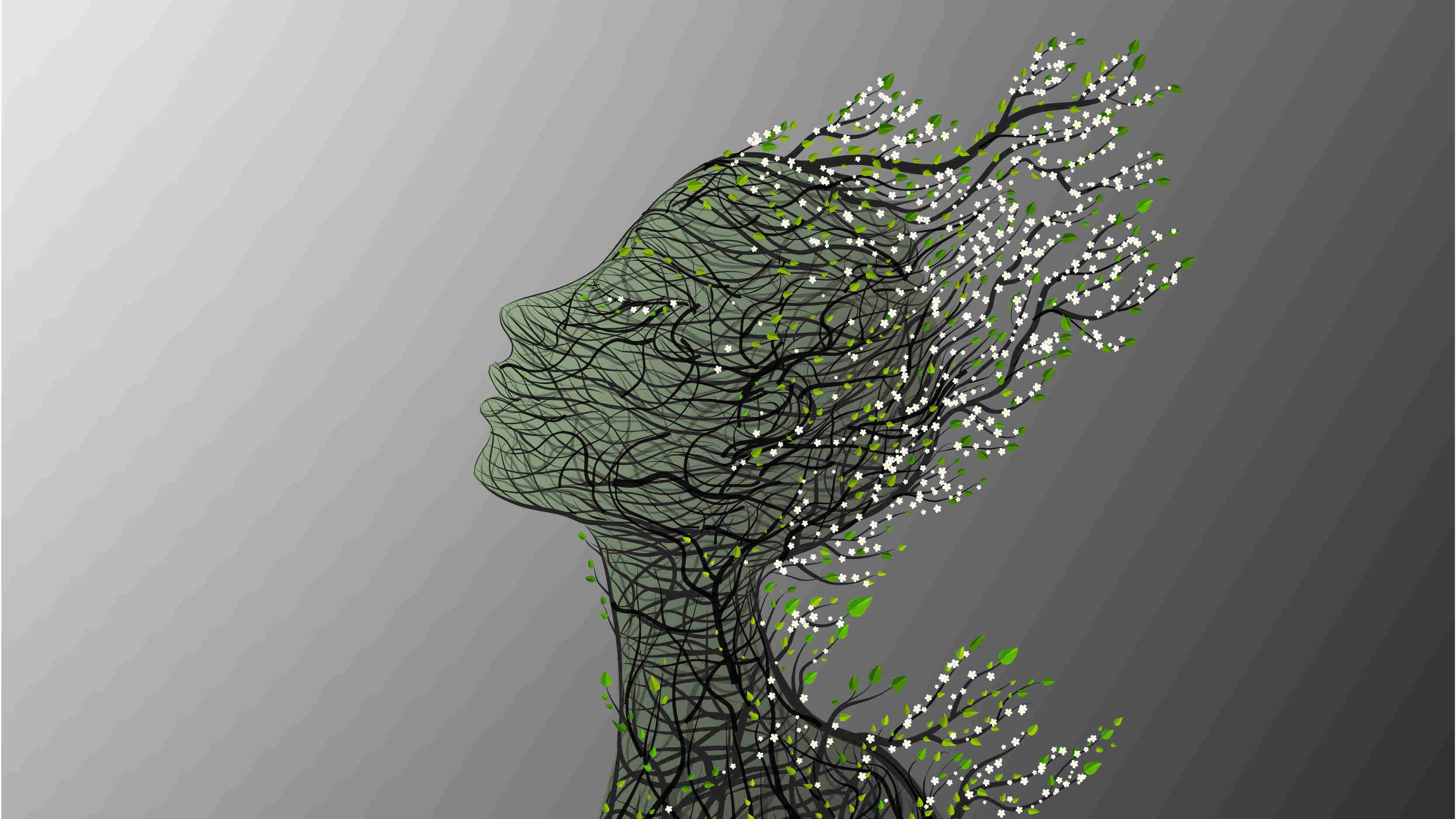Book: Love and Other Thought Experiments
Author: Sophie Ward
Publisher: Corsair
Price: Rs 499
In an article written for The Independent, Jostein Gaarder writes, “There is something about our world which demands investigation by philosophers. Human beings will never cease to wonder about their own existence.” Following in the tradition of philosophers like Voltaire, Sartre and Gaarder, Sophie Ward chooses to explore fundamental philosophical issues through a novel that makes us look afresh at life, living and death. For example, if most of your body parts have been changed through your life so that it literally feels like a new you, then can it be said that ‘you’ still exist? Or who is the ‘you’ who exists?
The novel is structured around ten chapters in which a few characters keep recurring, like Rachel and Eliza, Rachel’s son, Arthur, Hal and Greg, the Ant, and Rachel’s mother, Elizabeth. Yet, it is far from being a linear narrative. It begins with a frame story that embarks on the notion of a thought experiment set in motion through a magazine image of a tree with its roots embedded in the head of a man. The premise is that “[i]f you can imagine it, then it is possible”. When Rachel invites Eliza to imagine her as a thought experiment, Eliza imagines her as Hume’s Missing Shade of Blue, “[t]he colour he has never seen but can still visualise”.

Love and Other Thought Experiments by Sophie Ward, Corsair, Rs 499 Amazon
The ability to imagine is very critical as Eliza realizes when Rachel wakes her up in the middle of the night, crying in pain, after an ant that bit the corner of her eye goes into her eye. Eliza, the rational scientist, finds that difficult to believe and, suddenly, their relationship and their ability to conceive and nurture a child hang on the balance — on Eliza’s capacity to trust Rachel and her experience. It is imagination that enables empathy and love. In fact, all the living in the novel is made possible by the capacity to imagine different ways of being which engenders different stories. Thus, the second chapter traces three different possibilities of the Al/Ali story, one of which leads to the meeting of Ali and Elizabeth and the birth of Rachel, just as believing in Rachel’s ant story leads to the birth of Arthur. Arthur grows up with four parents: Rachel, who gave birth to him and died when he was five, and her wife, Eliza, and Hal, his biological father, and his husband, Greg. His conversations with Greg lead Arthur to imagine a Goldilocks zone in space where the absent Rachel continues to live. The space travels of the astronaut, Arthur, are fuelled by his longing for Rachel and the belief that she is out there, somewhere.
At the heart of the novel and probing its depth are the two chapters, “Ameising” (in a nod to Joyce) and “Clementinum”, which are the ant’s song and Rachel’s swansong, respectively, exploring their intertwined lives. In an ultimate gesture of sympathy, Rachel says, “We are one”. This feeling of sympathy pulses across the universe as Arthur imagines “all the points of contact, the entanglement, the ebb and flow of energy.” “Tiny points of light, like stars on a cloudless night, pulsed in his mind’s eye. He saw worlds caught in electric rays, the life he had lived and the many he had not.” In the final chapter, “Love”, one of the versions of Arthur finally meets one of the versions of Rachel, not the Mum from thirty years ago who had gone missing from Arthur’s life. Across time and space, Arthur has finally found her. Or, as Eliza says at the conclusion of the frame story, “We found you.”











